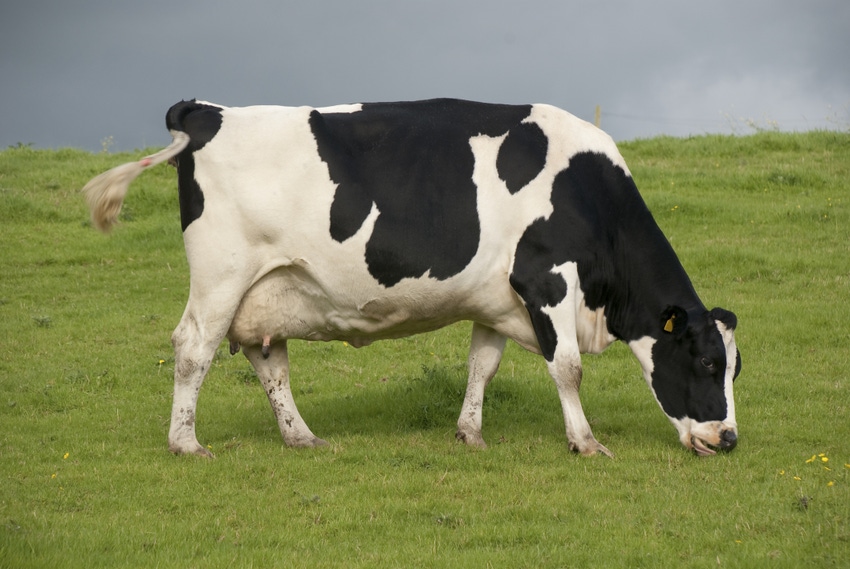Higher levels of health-promoting fatty acids reported in milk from cows fed 100% forage-based rations.
February 28, 2018

Omega-6 and omega-3 fatty acids are essential nutrients for people, yet consuming too much omega-6 and too little omega-3 can increase the risk of cardiovascular disease, obesity and diabetes. Today, Americans consume about 10-15 g of omega-6 for every gram of omega-3.
Previous studies have shown that consuming organic beef or organic dairy products lowers dietary intakes of omega-6 while increasing intakes of omega-3 and conjugated linoleic acid (CLA), which is another valuable, heart-healthy fatty acid.
In a collaborative research project involving the University of Minnesota, Johns Hopkins University, Newcastle University in England, Southern Cross University in Australia and the Aarhus University Hospital in Denmark, researchers have found that cows fed a 100% organic grass and legume-based diet produce milk with elevated levels of omega-3 and CLA and, thus, provide a markedly healthier balance of fatty acids.
The improved fatty acid profile in grass-fed organic milk and dairy products brings the omega-6:omega-3 ratio to nearly 1:1, which compares to 5.7:1 in conventional whole milk.
Co-author Dr. Bradley Heins, associate professor of dairy science at the University of Minnesota’s West Central Research & Outreach Center, pointed out that “with growing consumer demand for organic dairy products, producers may be able to expand their profitability and market share by converting to grass-based pasture and forage feeding systems.”
Findings from the study -- “Enhancing the Fatty Acid Profile of Milk through Forage-Based Rations, with Nutrition Modeling of Dietary Outcomes,” published in Food Science & Nutrition -- compared the fatty acid profile of milk from cows managed under three systems in the U.S.:
1. Forage-based cows received an essentially 100% organic grass and legume forage-based diet via pasture and stored feeds like hay and silage;
2. “Organic” cows received, on average, about 80% of their daily dry matter intake from forage-based feeds and 20% from grain and concentrates, and
3. “Conventional” cows were fed rations in which forage-based feeds accounted for an estimated 53% of daily dry matter intake, with the other 47% coming from grain and concentrates.
More than 90% of the milking cows on U.S. farms currently are under conventional management.
The team analyzed more than 1,160 samples of whole milk from forage-based cows taken over three years from on-farm bulk tanks prior to any processing. All samples came from farmer members of the CROPP Cooperative and were tested by an independent laboratory.
The forage-based milk provided the highest level of omega-3s: 0.05 g/100 g of milk, compared to 0.02 g/100 g in conventional milk -- a 147% increase in omega-3s. Forage-based milk also contained 52% less omega-6 than conventional milk and 36% less omega-6 than organic milk. In addition, the research team found that the forage-based milk has the highest average level of CLA: 0.043 g/100 g of milk, compared to 0.019 g/100 g in conventional milk and 0.023 g/100 g in organic milk.
You May Also Like

.png?width=300&auto=webp&quality=80&disable=upscale)

